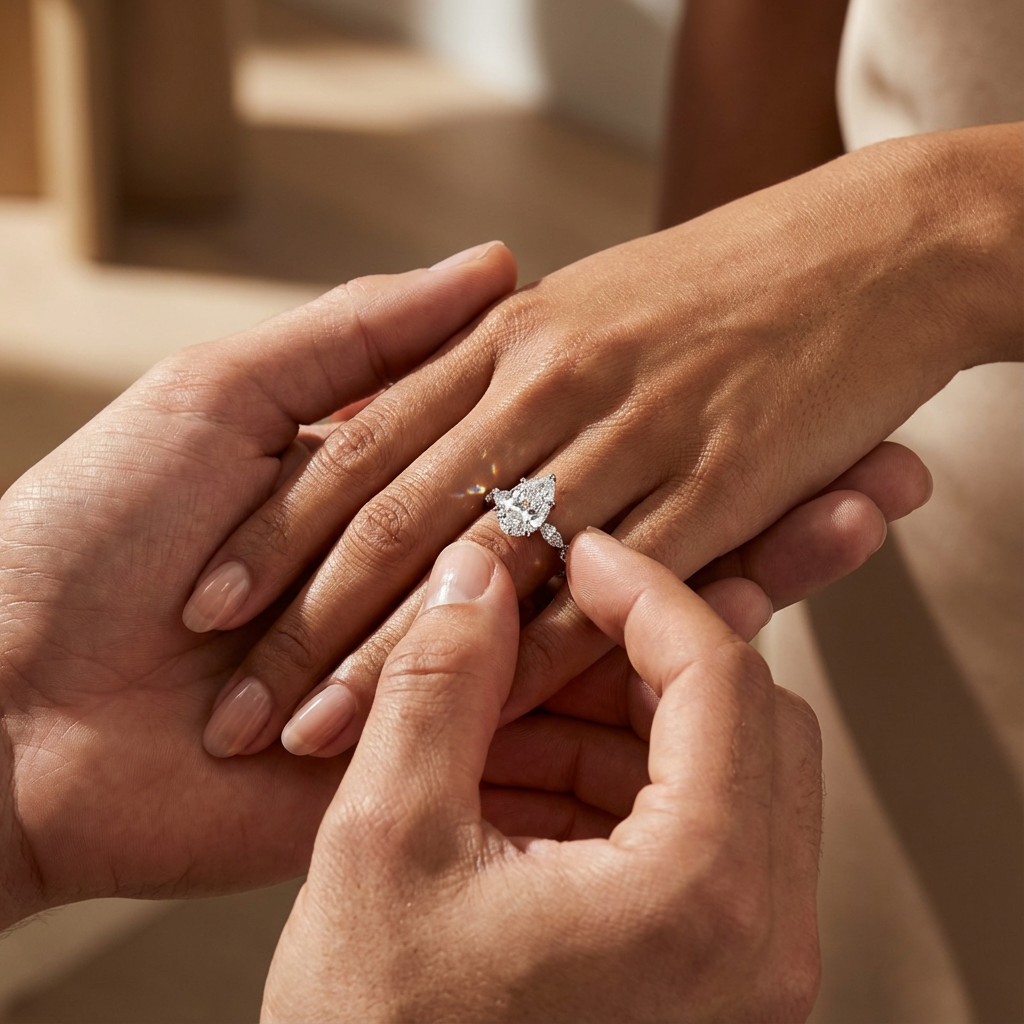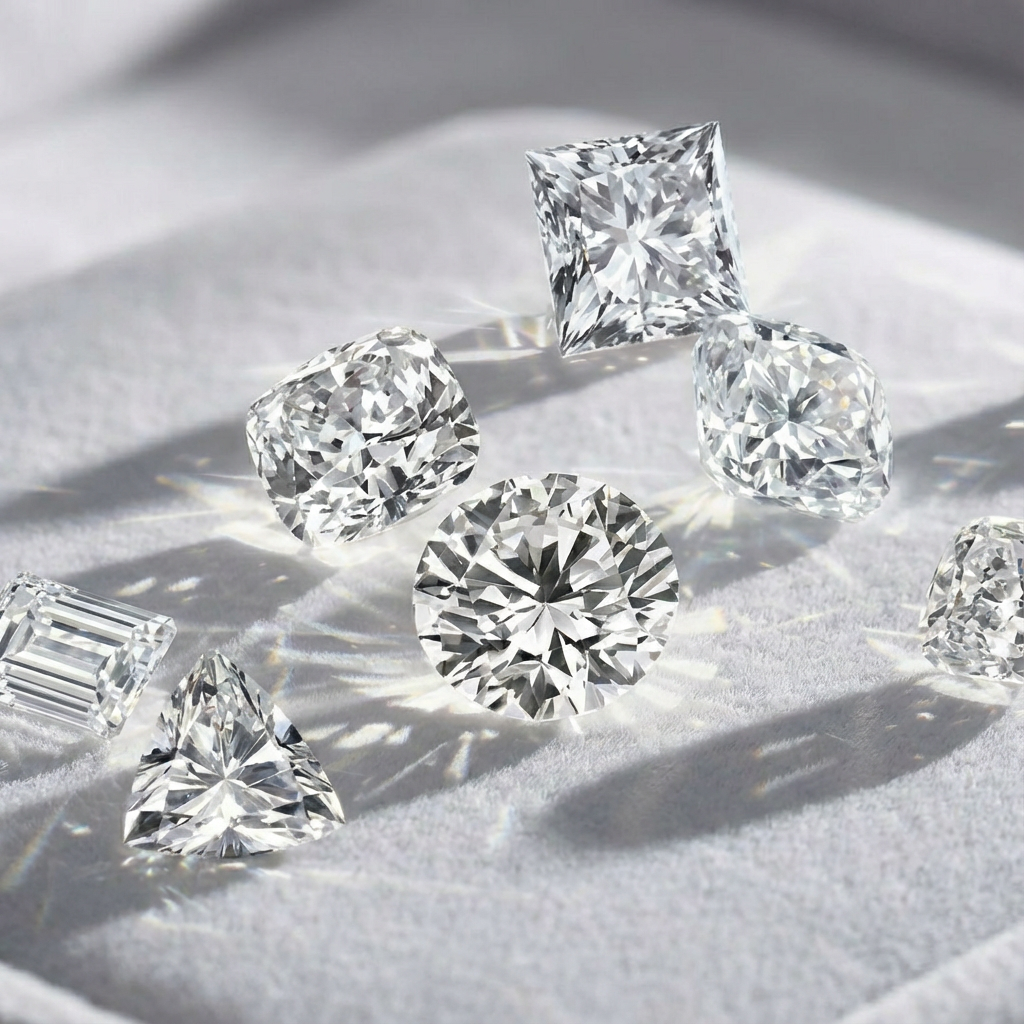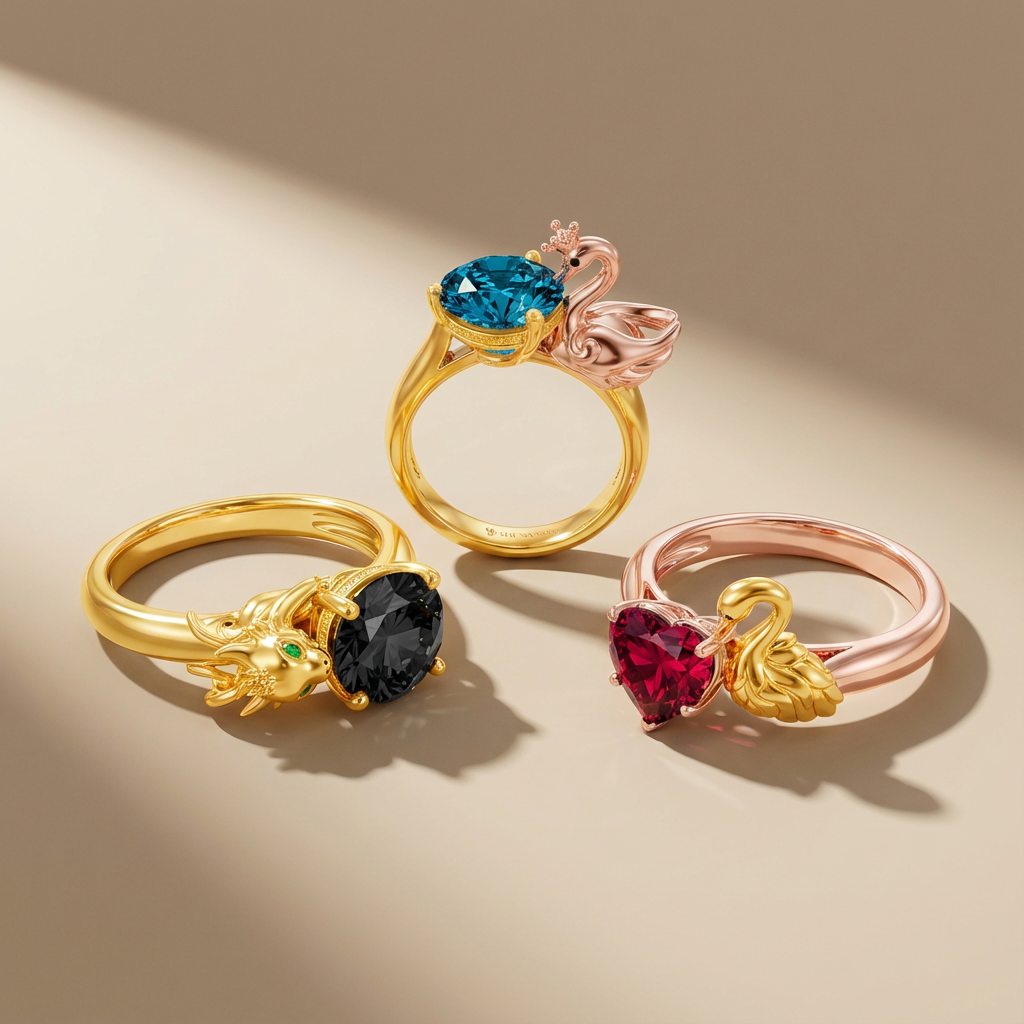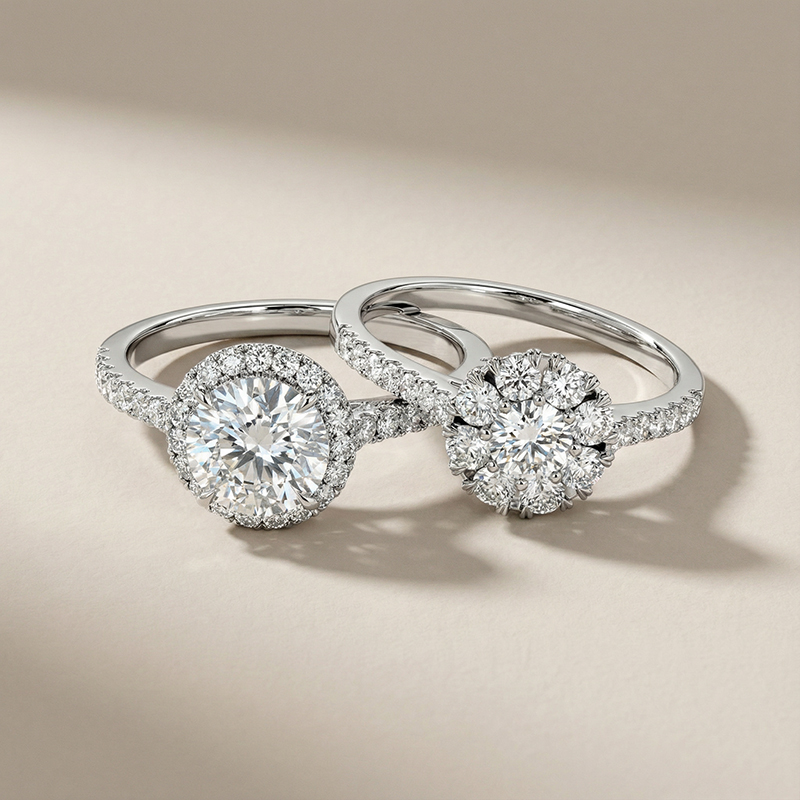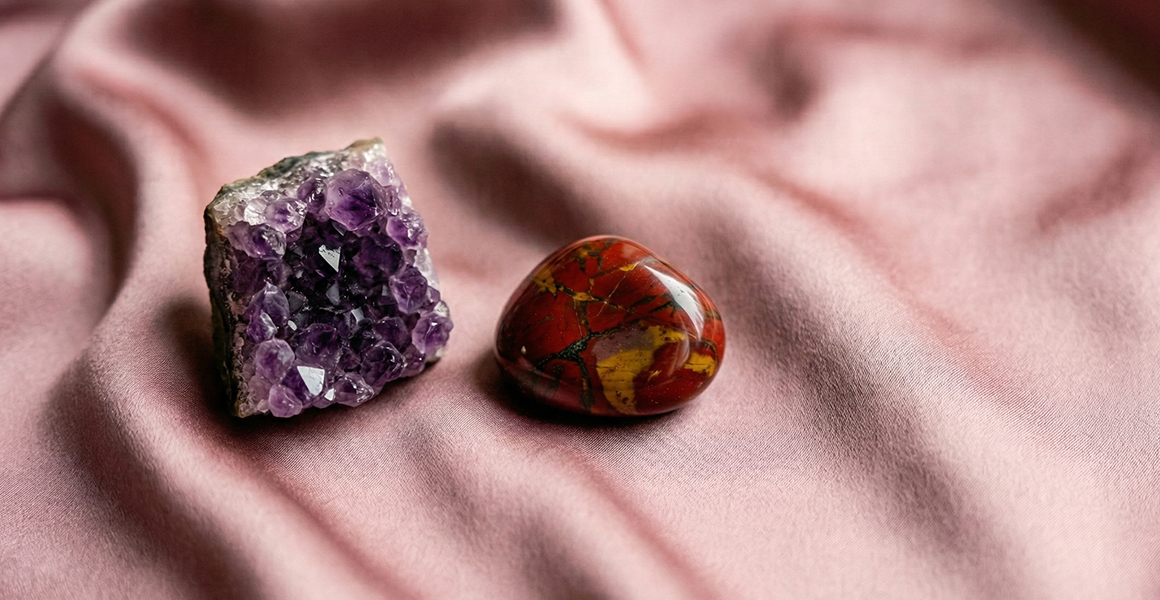Pave settings have long been a favorite in the world of jewelry, captivating wearers with their mesmerizing sparkle and intricate craftsmanship. In this comprehensive guide, we'll delve into the art of pave setting, exploring its different types, helping you choose the perfect pave style, and providing essential care tips to keep your pave jewelry dazzling for years to come.
What is Pave Setting?
The term “pavé” comes from the French word for “paved,” but it’s commonly written as “pave” in English. In jewelry, pave setting refers to a technique where small diamonds or gemstones are set closely together, covering a surface much like cobblestones pave a street. The gems are typically held in place by tiny beads or prongs of metal, creating a seamless, glittering effect.
Types of Pave Settings
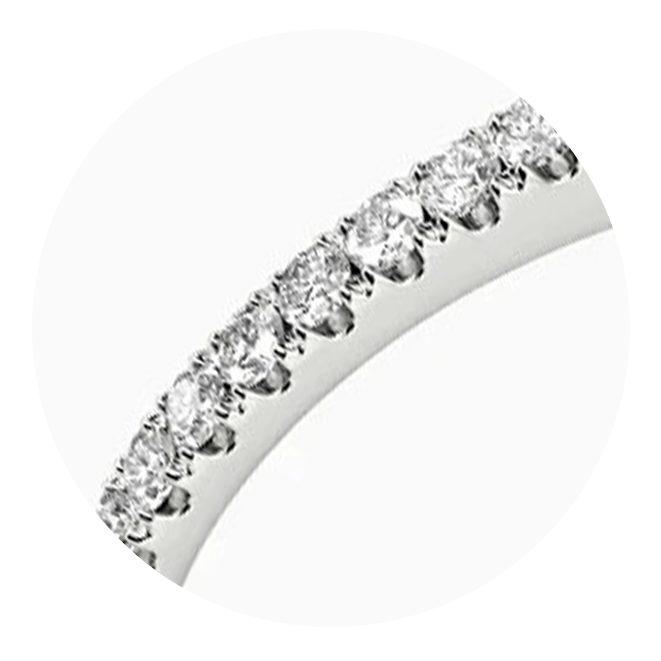
U-Cut Pave
U-cut pave features small U-shaped prongs that secure diamonds in place. This setting allows more light to enter the diamonds from the sides, enhancing their brilliance. The U-shaped prongs are less visible than traditional prongs, creating a smoother appearance. U-cut pave is popular in modern jewelry designs, offering a clean and sophisticated look.
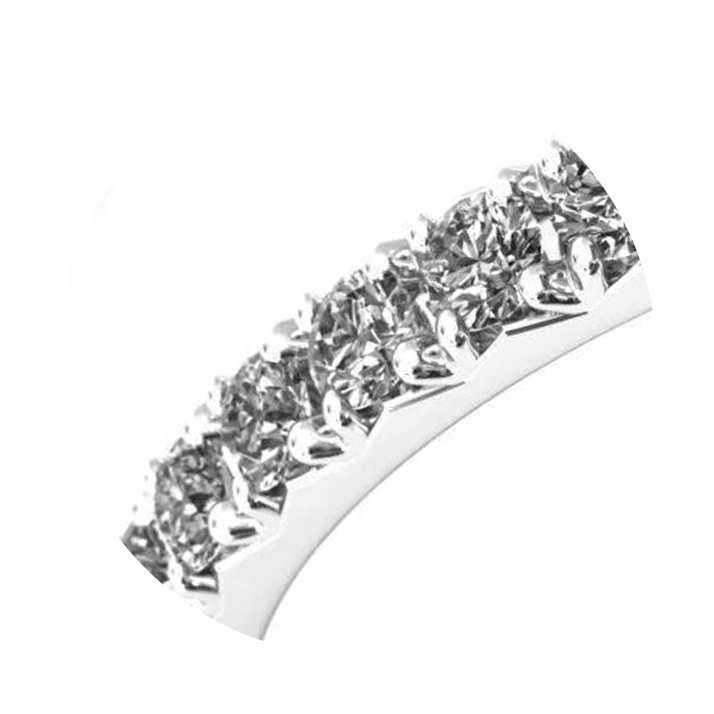
French Pave
French pave, also called fishtail pave, uses V-shaped cuts between each stone to expose their sides. This technique allows more light to enter the diamonds, increasing their sparkle. The V-shaped grooves also create a delicate, lace-like appearance. French pave is often used in vintage-inspired designs and engagement rings for its timeless elegance.
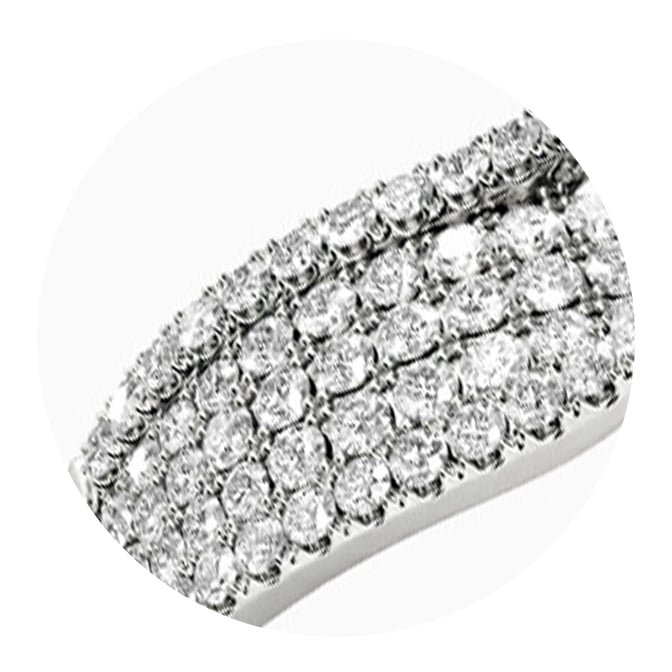
Petite Pave
Petite pave uses smaller diamonds and less metal to create a more delicate appearance. The stones are set closely together, resulting in a seamless surface of diamonds. This technique is ideal for intricate designs and smaller jewelry pieces, offering a subtle yet dazzling effect. Petite pave is popular in wedding bands and stackable rings.
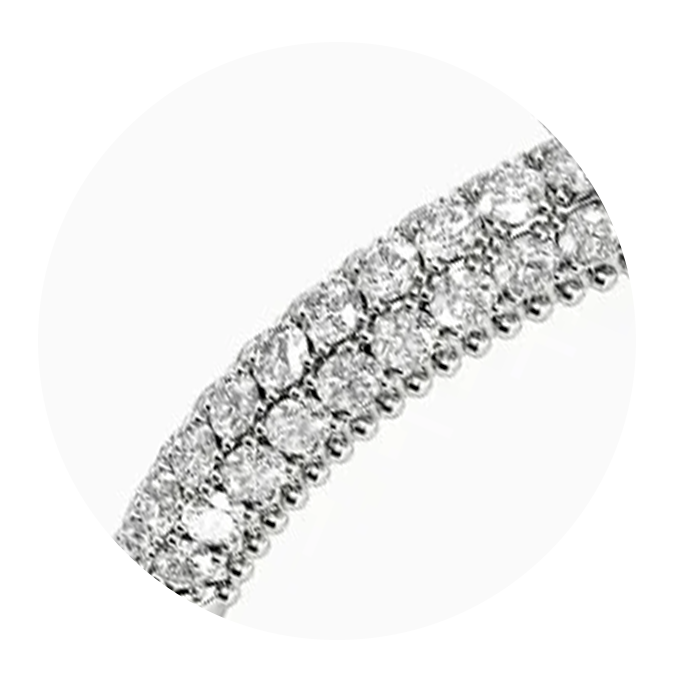
Micro Pave
Micro pave uses extremely small diamonds, typically under 0.01 carats. This technique creates an incredibly fine, almost fabric-like appearance of diamonds. Micro pave requires exceptional skill and precision to execute, resulting in a highly detailed and luxurious appearance. Therefore, it is often used in high-end jewelry and intricate designs.
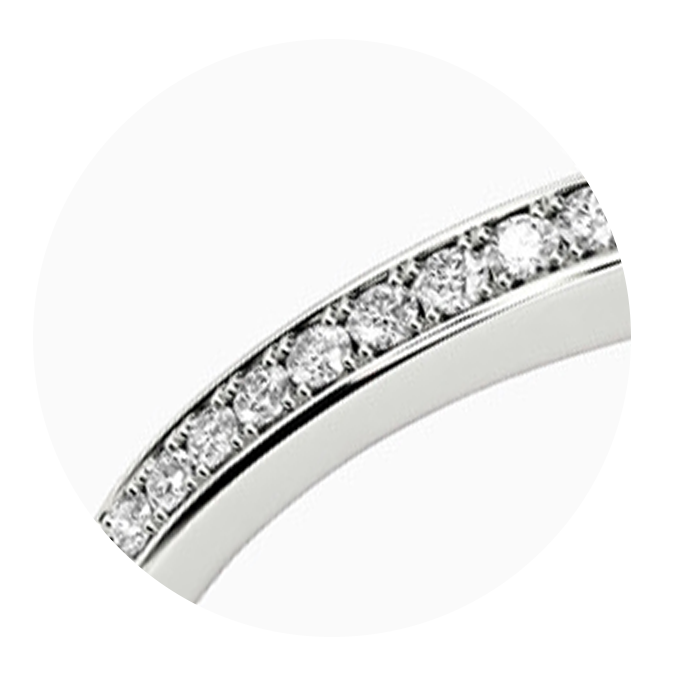
Bright Cut Pave
Bright Cut Pave, also known as channel pave, features gemstones secured between two metal walls with tiny prongs. This design enhances durability, protecting the stones from damage while providing a sleek, polished look. Though it maximizes metal visibility, it offers a unique style that highlights the gemstones, making it a classic choice for those seeking a blend of elegance and resilience.
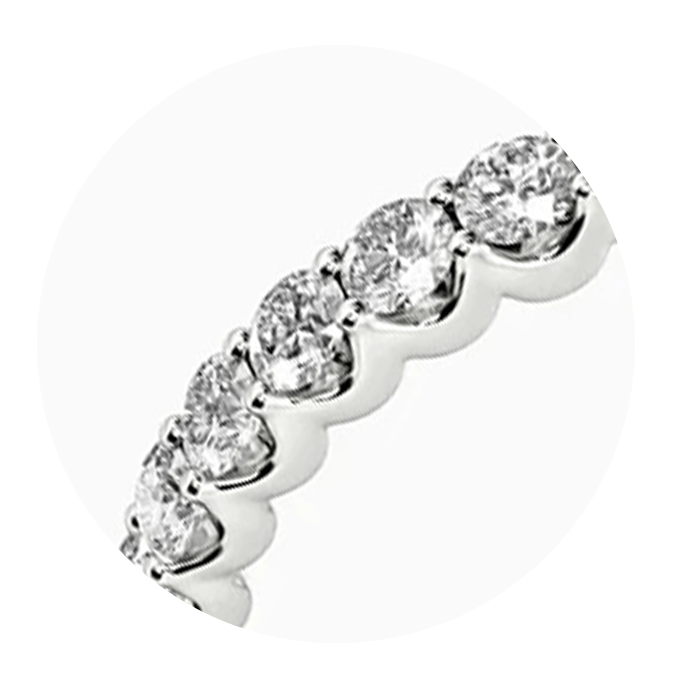
Scalloped Pave
Scalloped pave features curved metal borders around groups of pave-set diamonds. These scalloped edges create a textured, wave-like appearance, adding depth and dimension to the design. This technique combines the brilliance of traditional pave with decorative metalwork, resulting in a unique and eye-catching look. Scalloped pave is popular in vintage-inspired and nature-themed jewelry pieces.
Choosing the Right Pave Type
When selecting a pave setting, consider your personal style, lifestyle, and budget. For maximum sparkle, micro pave or U-cut pave are excellent choices. If you prefer a vintage look, consider scalloped pave. French pave is ideal for a classic, refined appearance. Channel pave offers a sleek, modern look with added protection for the stones. Furthermore, the size of the diamonds and the intricacy of the setting can affect the overall cost and appearance.
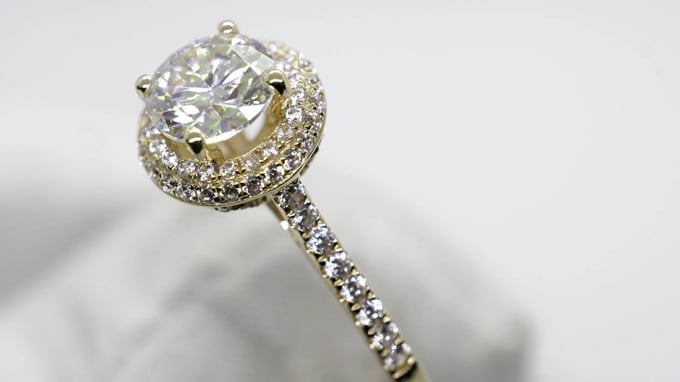
Care Tips for Pave Jewelry
Pave jewelry requires special attention to maintain its beauty and integrity. Here are some exclusive tips:
- Gentle Cleaning: Use a soft-bristled toothbrush with lukewarm water and mild soap. Gently brush in circular motions, paying extra attention to the spaces between stones.
- Ultrasonic Cleaner Caution: While ultrasonic cleaners are effective, they can loosen pave settings. Use them sparingly and only after consulting with your jeweler.
- Regular Professional Check-ups: Have your pave jewelry inspected by a professional every 6-12 months to ensure all stones are secure.
- Avoid Harsh Chemicals: Remove pave jewelry before using household cleaners, swimming in chlorinated pools, or applying beauty products.
- Careful Wear: Put on pave jewelry last when getting dressed and remove it first when undressing to minimize exposure to cosmetics and clothing snags.
- Prong Awareness: Be mindful of prongs catching on the fabric. If you feel resistance, stop and carefully disentangle to avoid bending prongs.
- Moisture Management: Remove pave jewelry before showering, swimming, or washing dishes to prevent water from loosening settings or leaving residue.
- Avoid DIY Repairs: If you notice a loose stone or bent prong, take it to a professional. DIY fixes can often cause more damage.

